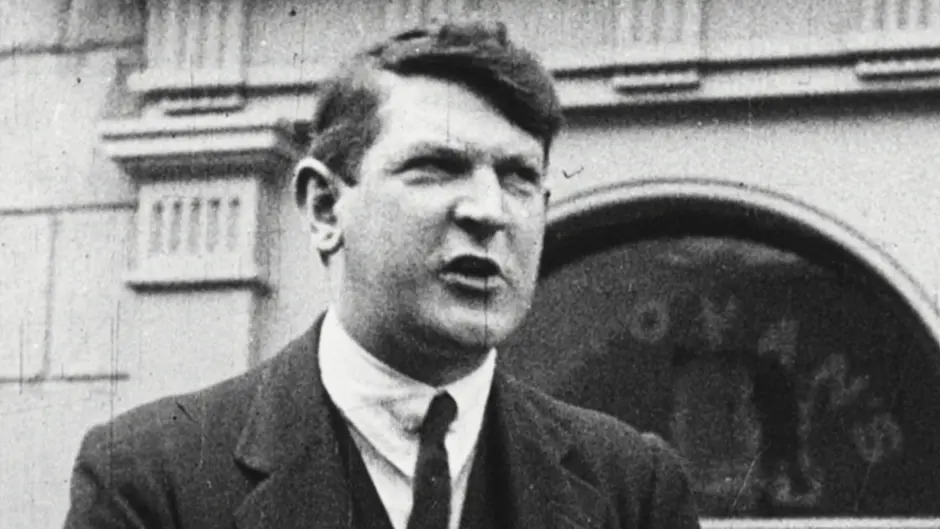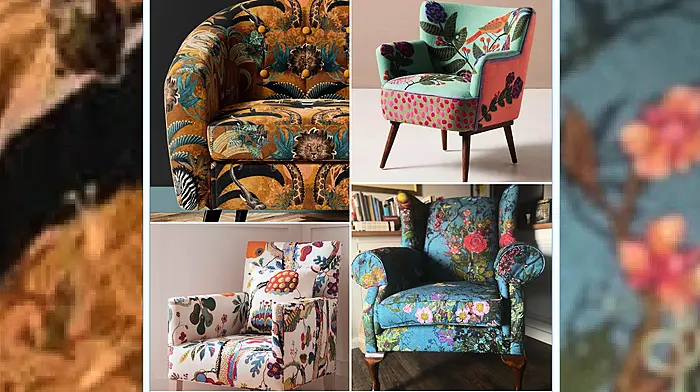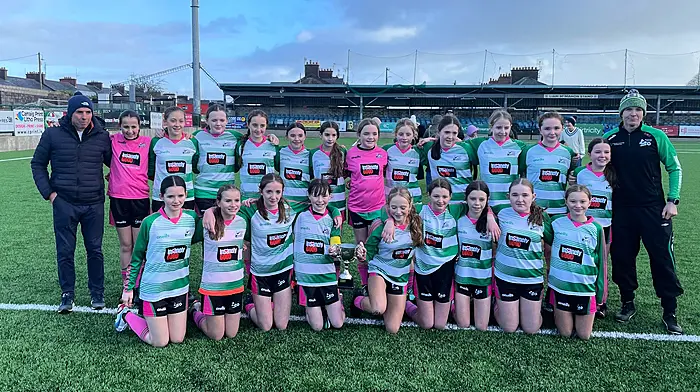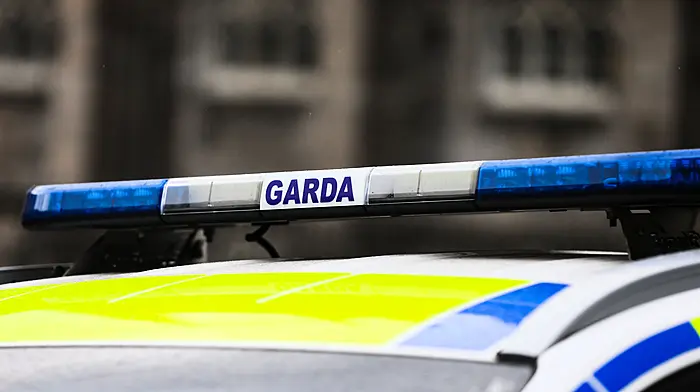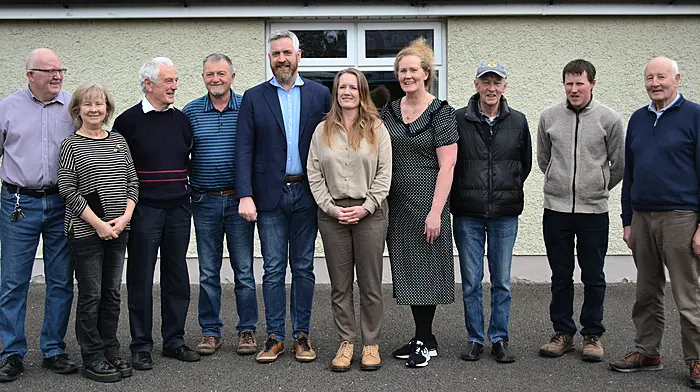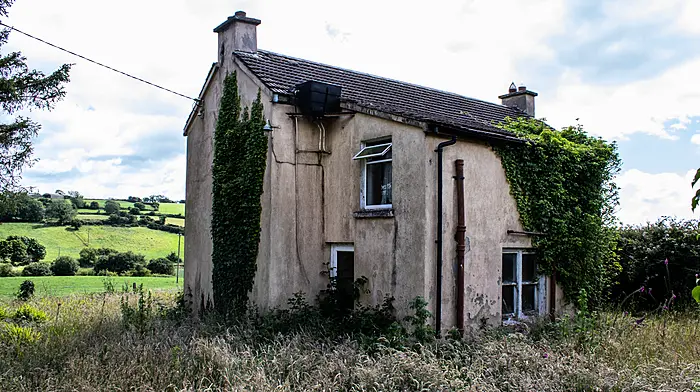This article originally appeared in our special 2022 supplement marking the centenary of Michael Collins' death – read the full supplement via southernstar.ie/epaper.
Alan McCarthy on the freedom fighter’s long association with the Irish press, and their love/hate relationship.
IN a letter to his fiancée Kitty Kiernan, Michael Collins wrote that ‘newspapermen are inventions of the devil.’
Thrust into the spotlight by the Anglo-Irish Treaty negotiations in London and subsequent debates surrounding the Treaty’s ratification, Collins may have increasingly come to resent the closer scrutiny he was subjected to, having acted as an underground figure during the War of Independence.
It is doubtful if Collins truly believed that newspapermen were nefarious, given the manner in which he engaged with, and utilised, the media throughout his life and career.
As a boy, while attending Clonakilty Boys’ National School, he lodged with his sister Margaret and her husband Patrick O’Driscoll who previously owned and edited the West Cork People. O’Driscoll later worked for the Cork Free Press, a paper suppressed by the British authorities in 1916 for reporting on conditions in Frongoch internment camp, which was holding both participants and those suspected of participation in the Easter Rising.
Michael Collins’ biographer Tim Pat Coogan believed that he was responsible for the circulation of this information. If this is the case, Patrick O’Driscoll may have served as a conduit for the material’s publication in the Free Press.
In 1917, Collins was part of a Sinn Féin consortium that bought and radicalised The Southern Star. Despite the paper being suppressed in the run-up to the pivotal General Election of 1918, its preference was clear: Seán Hayes, editor, was contesting the seat for Cork West, while Thomas Healy, a solicitor and later director at the paper, served as election agent for Michael Collins’ campaign to win a seat in the Cork South constituency.
Another director, cattle-dealer James Duggan, was on Collins’ election committee. The Star printed the bi-lingual election manifesto of shareholder Collins, who appears in the uniform of the Irish Volunteers.
Following his arrest in 1918, Peadar Ó hAnnracháin nominated Michael Collins as his successor to serve on The Southern Star’s board of directors in August.
Any plans Collins may have had for the paper would have to be parked when the paper was suppressed once again shortly afterwards.
In September 1919 numerous papers across Ireland were to carry advertisements for the Dáil Loan. The publication of the prospectus was part of a wide-ranging publicity campaign orchestrated by Collins which also included the production of a short propaganda film.
The resulting widespread suppression by the British administration was to prove hugely counter-productive.
Following publication of the Loan prospectus, The Southern Star was again suppressed in October while in September The Cork Examiner and its associated papers experienced the Crown’s censorship for the first time.
Several individuals associated with The Southern Star served as loan agents, while Denis O’Connell, a Star contributor who also sent West Cork news items to The Irish Independent, sent a falsified report concerning a Dáil Loan meeting in Dunmanway in August 1919 to the national daily. The piece alleged that Michael Collins (then on the run) was in attendance and that James ‘Barney’ O’Driscoll and Gearóid O’Sullivan (imprisoned in Cork Gaol) had sent cheques.
A report on the Dunmanway meeting was sent to Collins dated 2 September 1919 by Joe Ryan. Ryan states that £53-10-0 was subscribed at the meeting, £25 of which was sent by Collins himself. Also listed among the contributors was ‘D.O’Connell’ who gave £5.
Collins and O’Connell engaged in correspondence between January and May 1920 which touched on issues like the Southern Star, the Dáil Éireann Loan and the Urban District Council elections.
This highlights the interest that Collins took in the paper, despite his many other commitments.
This is not that surprising, given his well-documented predisposition towards micro-management.
Seán ‘Johnnie’ Collins, brother of Michael, was said to be ‘interested in the paper’, although he does not appear to have held an official title and perhaps simply reported directly to his brother, though we do know that Seán held shares in the paper.
In 1920 Collins was also in discussion with stakeholders concerning The Southern Star’s financing, with the paper ultimately relaunched in January 1921 following its latest bout of suppression.
While The Southern Star experienced extensive suppression from the British authorities, the IRA also subjected what it viewed as ‘enemy’ newspapers to suppressive actions such as the destruction of machinery or burning of newspapers.
In a tense exchange with David Kent in the Dáil who accused him of sanctioning newspaper suppression, Collins thundered that ‘I never did such a thing. I was never responsible for sending men on a job of that kind, or any other disgraceful thing.’
Though Collins may have legitimately opposed the destruction of printing machinery, such qualms did not extend to the idea of censorship itself; Piaras Béaslaí, a future biographer of Collins, was made the National army’s publicity director by Eoin O’Duffy on 29 June, the day after the Four Courts shelling began, in practice the chief press censor for the Provisional government. Béaslaí’s censorship was bitterly opposed by anti-Treatyites while he and Collins also appointed a film censor, recognising the influence of this medium.
The narrative surrounding the civil war was to be hijacked by the sudden deaths of Collins and Arthur Griffith. The day Collins died he met the editor of the now-closed Skibbereen Eagle, likely with a view to re-starting the paper or acquiring compensation.
The significance of Collins’ death was conveyed by The Southern Star which appeared with black borders. The death of Michael Collins at Béal na Bláth, far from ending his relationship with the media, consolidated it and has seen his life and work considered at length across a host of different platforms. In his own lifetime Collins had become the stuff of legend; on 12 February 1921, the Cork Weekly News reported in error that Collins had been shot dead at the Battle of Burgatia House in Rosscarbery.
Collins’ contribution to the revolutionary struggle was more about admin than action. In this regard, however, he was acutely aware of the value of the media and the important part it played in cultivating support among the population.
One of the final sightings of Collins was believed to be in MacCarthy’s newsagents in Clonakilty where he stopped to buy newspapers, a fitting finale given his early introduction to the newspaper trade in that town years before. In the following days his death would make headlines around the world.
- Alan McCarthy is a historian of modern Ireland. He is the author of Newspapers and Journalism in Cork, 1910-23 (Four Courts Press) and soon to be published history of adult education and lifelong learning at UCC, 1946-2021.

